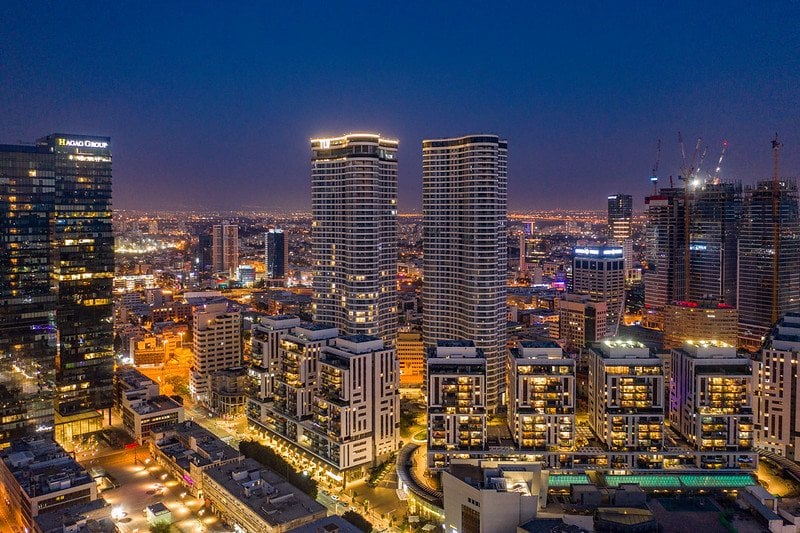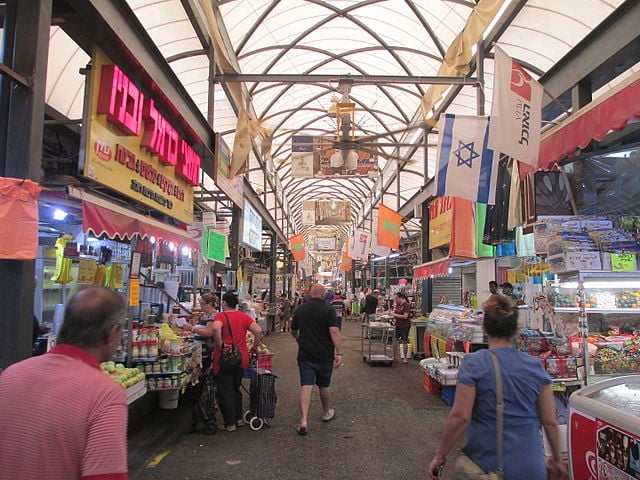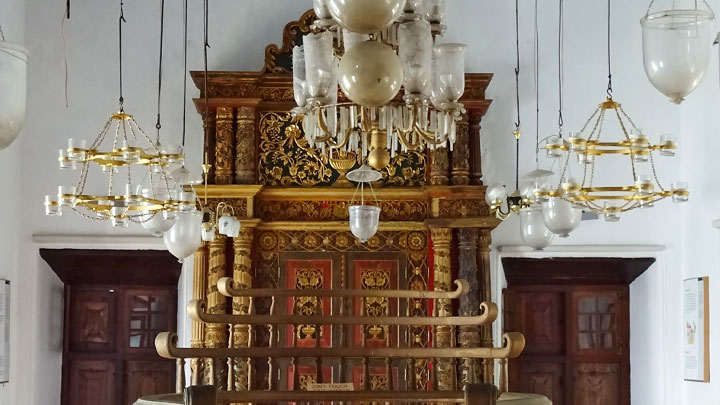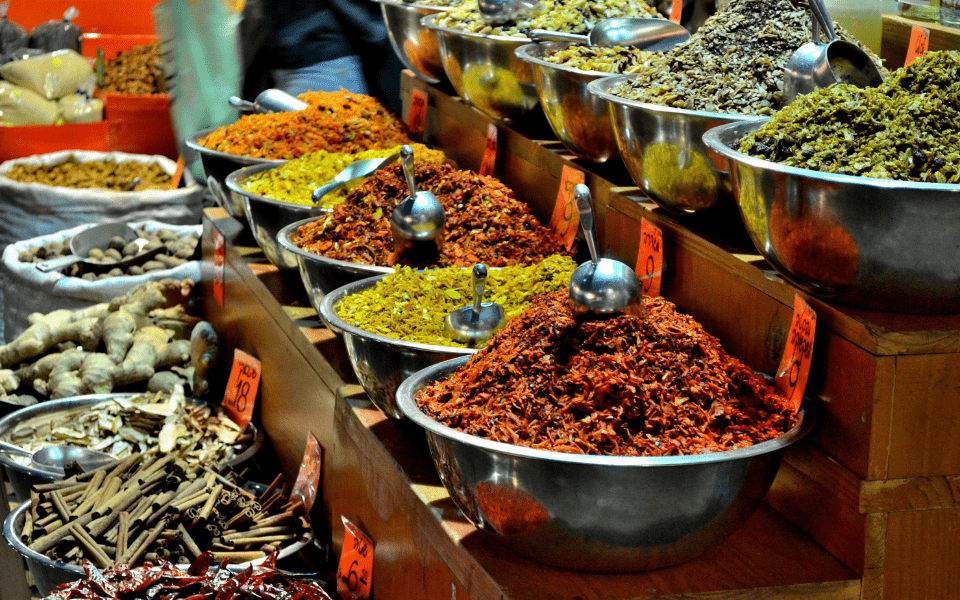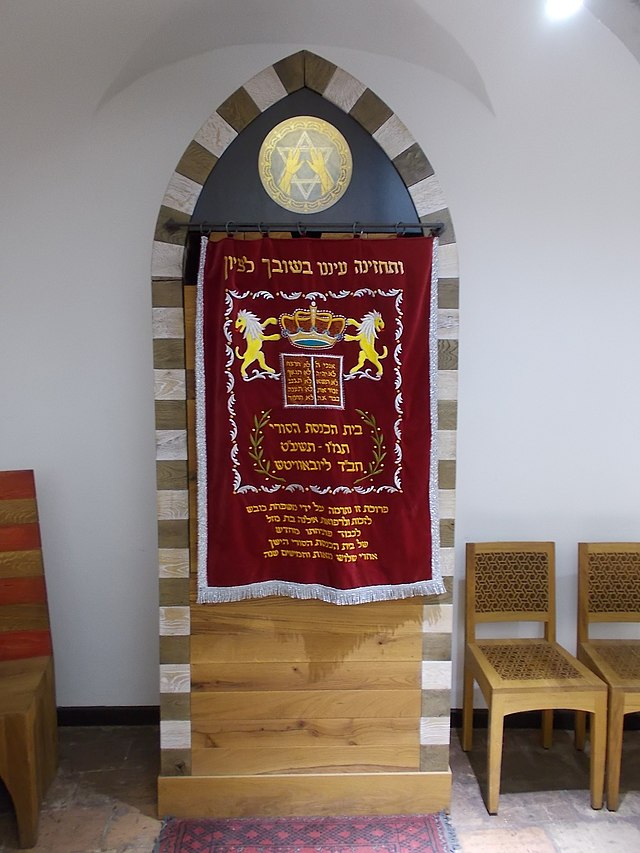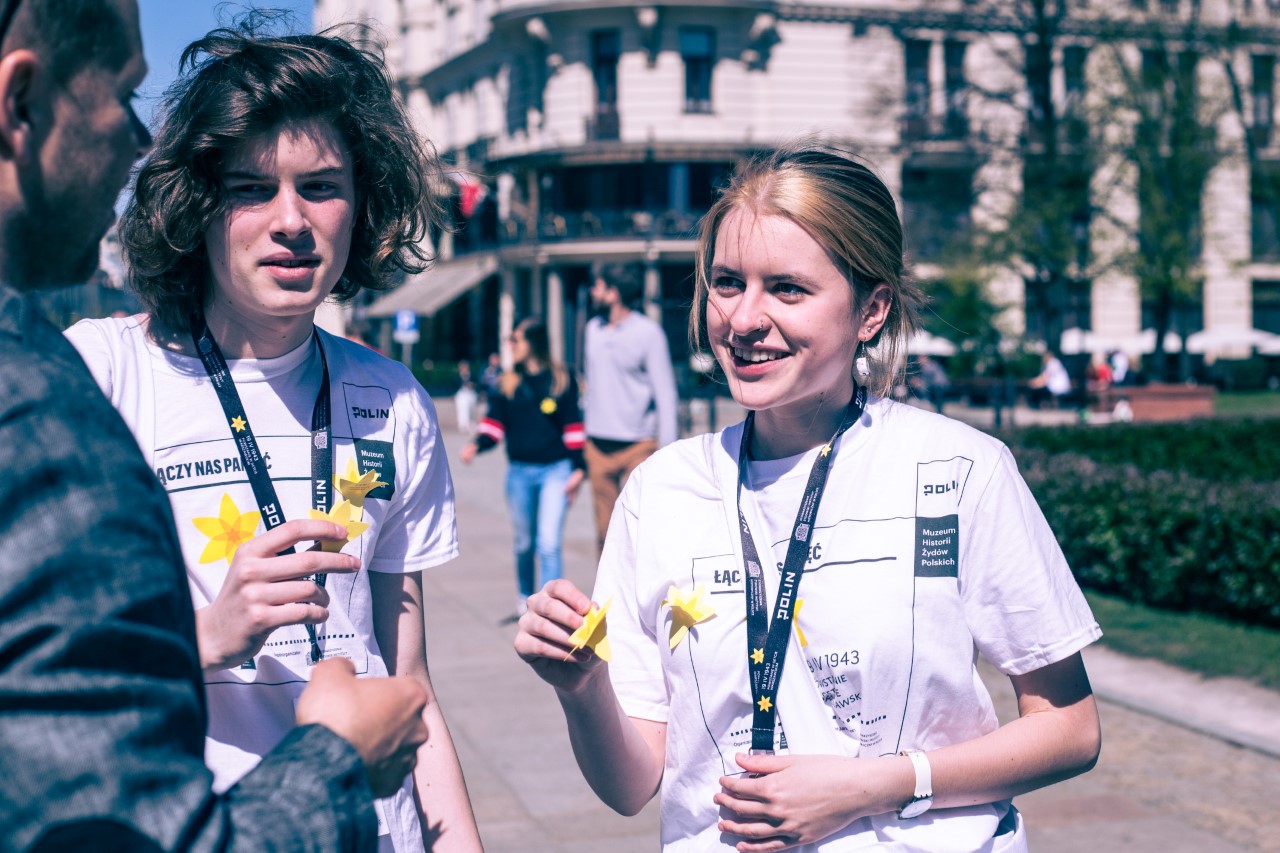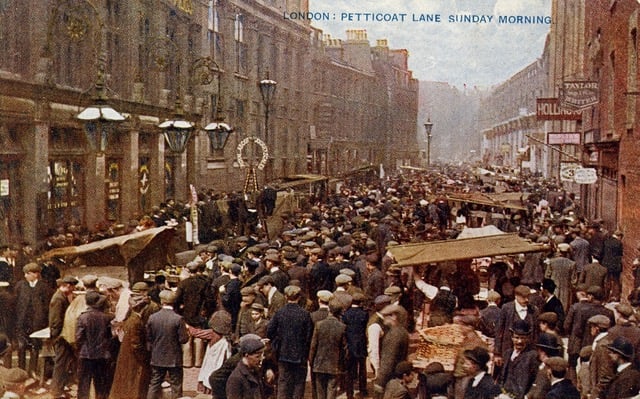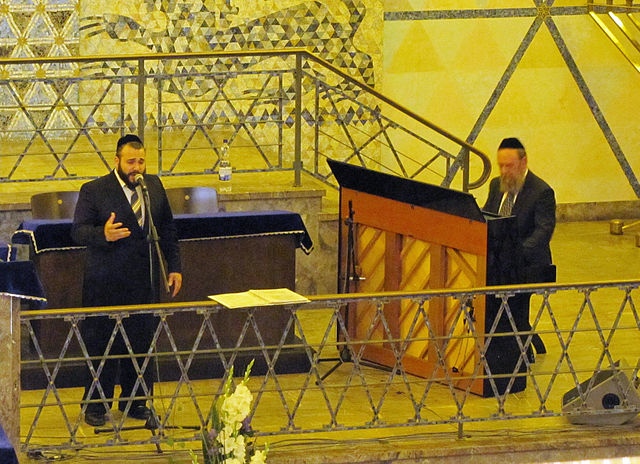A Journey Through the History of Israel’s Birth as a Nation
Take a walk along Tel Aviv’s Trail of Independence and you’ll discover much more than just scenic sights along the way. You’ll also learn all about the story behind Tel Aviv’s foundation and the birth of Israel as a country. Spanning 1 kilometer, this urban history route takes you through the heart of the city’s cultural and political events. Best experienced on foot, the Trail of Independence is connected by ten key historical sites, each giving insight into the incredible story of the first Jewish city in the world.
The Trail of Independence can be taken on your own, although guided tours are also available. Start at Rothschild Boulevard 10 and continue walking clockwise by following the brass line embedded into the sidewalk. Key stops along the way include the Hall of Independence, where Prime Minister David Ben-Gurion declared statehood for Israel in 1948, and the founders’ monument, which pays tribute to the families who originally built Tel Aviv. Also along the way is the Herzliya Hebrew Gymnasium, the city’s first Hebrew high school, and the historic Haganah headquarters. Walkable and free, the Trail of Independence is a great introduction to Israel’s founding as a nation, taking approximately an hour to complete.
Perfect for anyone interested in the history of modern Israel, the Trail of Independence is great for families, solo travelers, and urban explorers. Also fun to experience at night, the illuminated path makes for a beautiful stroll through Israel’s most cosmopolitan city. You’ll feel much more connected to your surroundings and the culture after walking the Trail of Independence.
